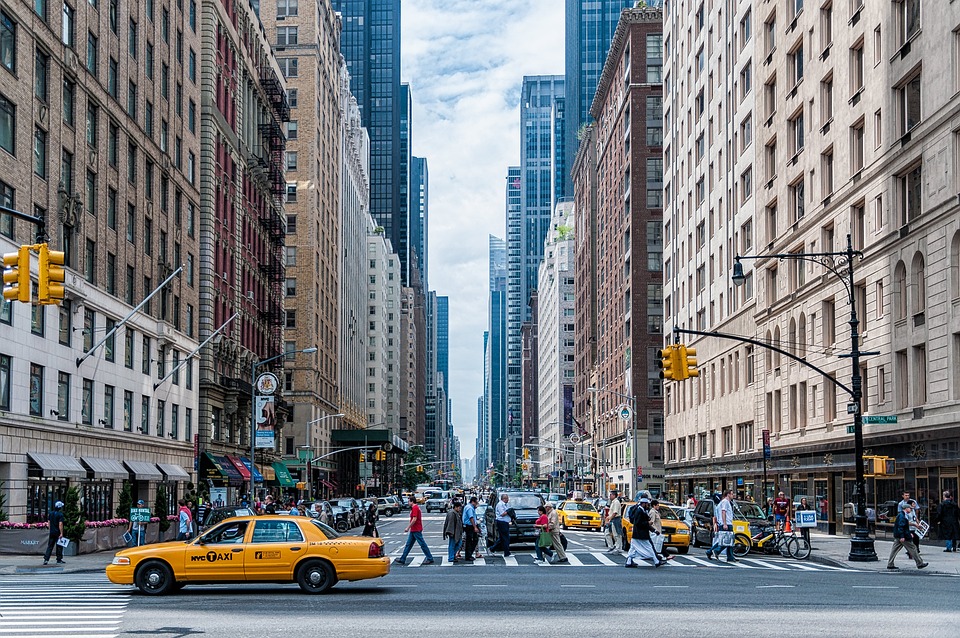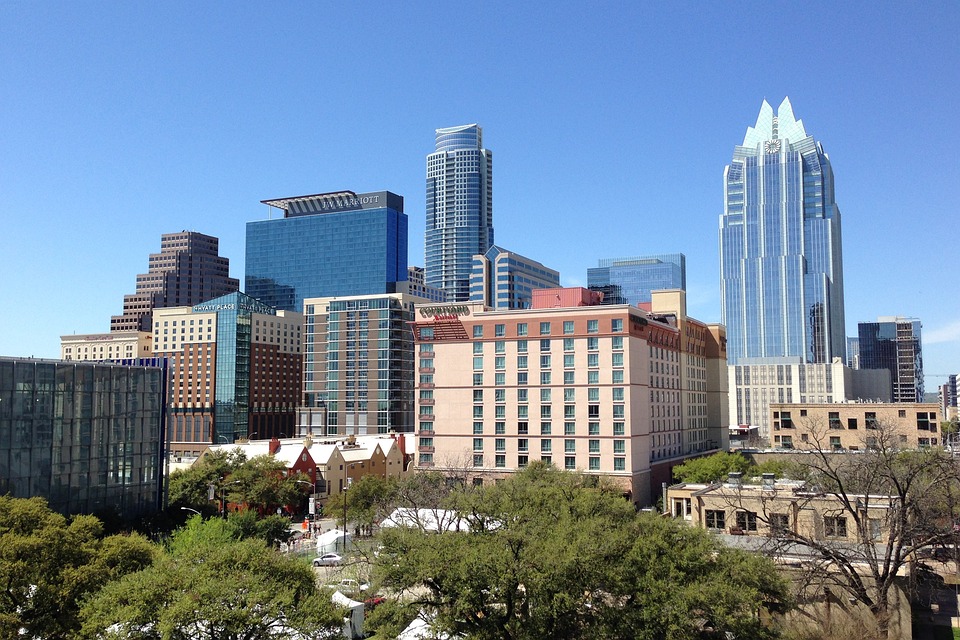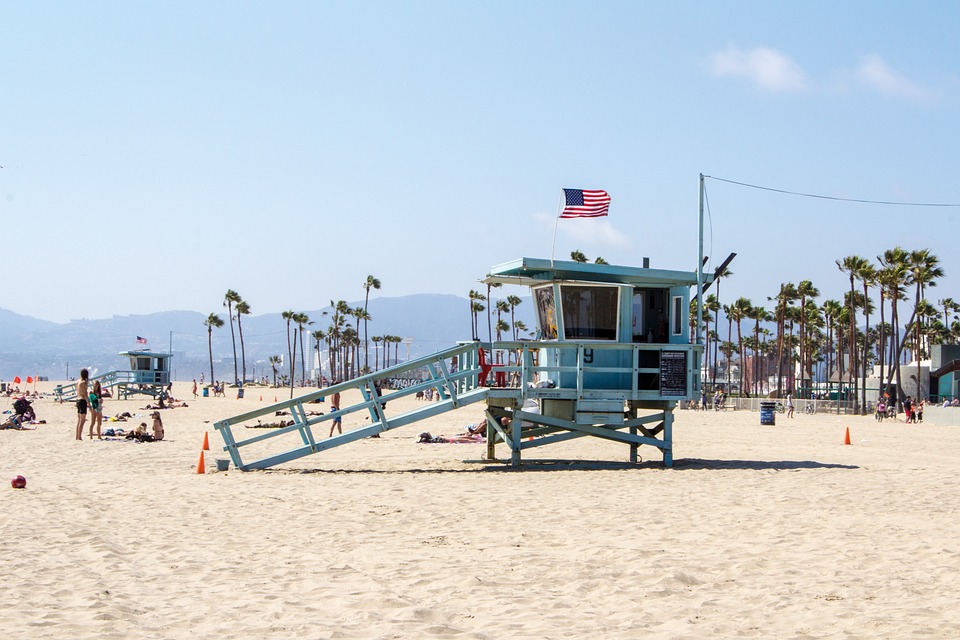Guide: What to Do Right After Moving to the U.S.

Let’s imagine you’ve already gone through the long and challenging process of gathering documents, completed your embassy interview, received your U.S. visa, flown thousands of kilometers over the ocean, and finally stepped onto American soil.
What’s next? We’ll explain in detail in this guide.
- Get Some Sleep and Adapt to the Time Zone
The first thing you need to do is get from the airport to your apartment, room, or hotel, which you have arranged in advance, and get some proper rest.
You’ll need strength and coordination for a good start. Everyone adjusts to time zone and climate changes differently; some may need just a day, while others might take a little longer.
Monitor how you feel, stay hydrated, and eat on time.
Try to go to bed according to the local time, set your phone’s clock to the U.S. time zone, and plan your day based on that.
From now on, you’ll be awake while your friends and family back home are resting.
- Explore the Neighborhood and City Where You’ll Be Living
The second and very important step for settling into a comfortable life is to find out where the nearest store, pharmacy, and market are located.
Walk around the stores and analyze the prices of hygiene products and groceries. There’s no point in comparing prices with those back home—just focus on how much money you have on hand.
Don’t try to mentally convert currencies. That’s it. Now you have one currency for buying goods: the dollar.
You can use Google Maps to check the locations of necessary spots if you already have internet access, and plan a convenient route.
Buy groceries for a few days, based on your budget and what you’re used to eating. Don’t overdo it with exotic new foods (especially for kids), as this could cause digestive problems and leave you out of commission for a while.

- Find the Nearest Library or Café if You Don’t Have Internet Access
This step is for those who haven’t yet gotten a U.S. SIM card at the airport and don’t have access to the internet in their new home.
You can stop by a café with free Wi-Fi to load a map of the area or look up other important information.
If you don’t have a computer with you, you can head straight to the local library, which usually offers free access to computers and Wi-Fi.
- Buy a SIM Card
You can purchase one at any store. Choose a plan with enough internet data in case you need maps or access to a website for any organization.
- Get Your Social Security Number (SSN)
When filling out the DS-260 form, you may have requested to receive your SSN (Social Security Number) along with your green card, if you won it.
If, for any reason, you don’t have your SSN upon arrival in the U.S., you need to obtain it. This is one of the most important documents, essentially serving as your taxpayer identification number, and it’s indispensable in the U.S., just like in any other country.
To get it, visit the local “Social Security Administration” office in your city. At the reception, explain what you need, show your identification, and apply for your personal SSN. They will guide you through the next steps.
- Open a Bank Account
In the U.S., people don’t carry much cash around, except for small bills. Most money is kept in the bank.
Additionally, the sooner you open a bank account, the faster you can start building your credit history, which is important in America for everything from buying appliances on credit to purchasing a home.
- Learn More About the Place Where You Plan to Live
If you’ve completed all the steps above, the most important part is behind you. Now, you should focus on learning more about the area and city where you plan to live.
Take a walk around, find out where the schools are if you have children, and visit to speak with the principal about enrolling your child — they will explain everything.
We also recommend finding out the addresses and contacts of local administration offices, hospitals, pharmacies, shopping centers, volunteer organizations, migrant meet-ups, and places where you can buy a car.

- Buying a Car or a Public Transportation Card
After walking around the city, you’ll likely realize that you need to think about getting either a car or a public transportation pass.
The latter is easier to get than the former and definitely cheaper in the short term.
Find out how to buy a public transportation card in your city and understand how the public transit system works. Keep in mind that public transportation may not be available everywhere, especially if you live in the suburbs or a small town. In such cases, you will definitely need to consider buying a car.
You can buy a car at designated locations where used cars are sold at reasonable prices.
- Get to Know Your Neighbors
In America, networking is important, especially for you as an immigrant. The more people you know, the more information and help you can get.
Build relationships with your neighbors on your street or in your building. Engage in conversation, invite them over, and share your story about moving to the U.S.
This could not only provide useful information and help but also help you create a new social circle in America.
- Look for a Job if You Haven’t Yet Found One
The final and most important point is finding a job.
Ideally, you should start looking for job opportunities before arriving in the U.S., but if you’ve just arrived and can afford to take a week or two without work, it means you have a good financial cushion. That’s a great sign!
You can search for jobs online by submitting your resume, or you can visit local shops and businesses in your area.
This is a list of the main steps you need to take after moving to the U.S. These tips will make your adaptation smoother and help you establish your new life more quickly. We sincerely wish you the best of luck!
Table of Contents


